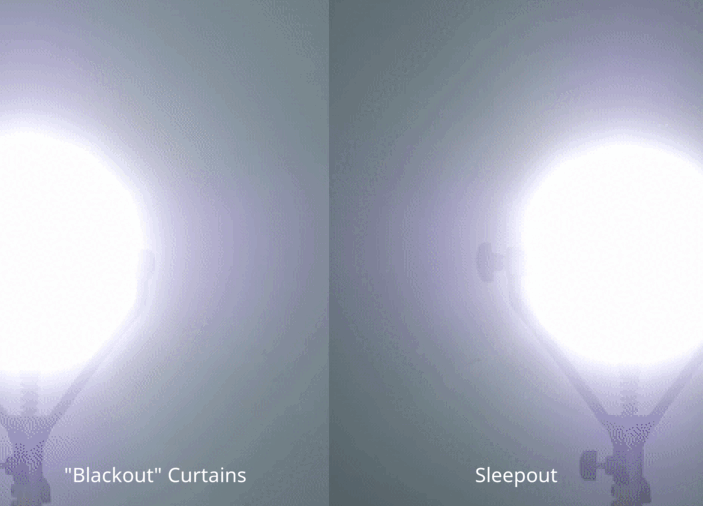Navigating the complexities of a 6-month-old baby's sleep schedule can be challenging for new parents. We will explore key aspects of sleep for your little one, including optimal bedtime, the recommended number of naps, nighttime sleep duration, wake windows, and potential reasons for night wakings. With this information, you will be well-equipped to promote healthy sleep habits for your baby, ensuring their growth and development.
Ideal Bedtime for a 6-Month-Old Sleep Schedule
The ideal bedtime range for a 6-month-old typically falls between 6:30 pm and 8:00 pm. However, it is important to recognize that each baby is unique, and factors such as their daily routines and individual differences can influence the optimal bedtime. To find the best bedtime for your baby, you can experiment with different times, observing how well they fall asleep and how rested they seem the next day.
How Long Can a 6-Month-Old Stay Awake?
Wake windows for a 6-month-old typically range from 2 to 3 hours. Observing your baby's sleep cues, such as rubbing their eyes, yawning, or becoming fussy, can help you gauge when it's time for them to sleep. These cues are essential indicators of your baby's sleep needs, and responding to them in a timely manner can help prevent overtiredness, which can make it more challenging for your baby to fall asleep.
To help your baby wind down and prepare for sleep, consider creating a calming pre-sleep routine that includes activities like dimming the lights, playing soft music, or engaging in gentle cuddling. This routine helps signal to your baby that it's time to rest and supports the transition from wakefulness to sleep.
How Many Naps Should a 6-Month-Old Take?
At 6 months, most babies will take 2 to 3 naps per day. Consistency and scheduling are crucial for naps, as they help regulate your baby's sleep patterns and ensure they get the rest they need. If your baby is still taking three naps, you might begin to notice that their third nap becomes shorter or more difficult to achieve. This could be a sign that it's time to transition from 3 to 2 naps. To make this transition smoother, try gradually extending the wake windows between the first two naps, ensuring that your baby doesn't become overtired.
Why Your 6-Month-Old is Waking Up at Night
There are several common reasons for night wakings in a 6-month-old, including:
- Hunger: Some babies still require a nighttime feeding at this age. If you suspect hunger might be the cause, try offering a small feeding to see if it helps your baby settle back to sleep.
- Sleep associations: If your baby relies on being rocked, nursed,or held to fall asleep, they may wake up when these conditions are no longer present. Gradually teaching your baby to self-soothe and fall asleep independently can help reduce night wakings.
- Teething: The discomfort associated with teething can disrupt sleep. Providing a teething toy or using over-the-counter remedies (as recommended by your pediatrician) can help alleviate your baby's discomfort.
- Sleep regressions: At around 6 months, some babies experience sleep regressions, which are temporary disruptions to their sleep patterns. Being patient and maintaining a consistent sleep routine can help your baby get through this phase.
- Environment: High quality blackout curtains can potentially help reduce night wakings related to light sensitivity. By creating a dark and calming environment, they can contribute to a more restful and uninterrupted sleep for your little one.
You've Got This, Mom!
Creating a consistent sleep schedule, establishing a bedtime routine, and understanding your baby's sleep needs are crucial factors in promoting better sleep for your 6-month-old. A conducive sleep environment also plays a significant role in ensuring your baby gets the rest they need. High-quality blackout curtains can help create this environment by blocking out external light and providing a calm atmosphere for sleep. Help your baby get the sleep they need to grow and thrive, and enjoy a well-deserved rest for yourself, too.







